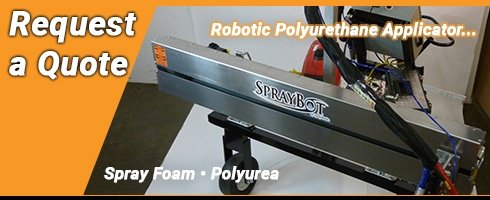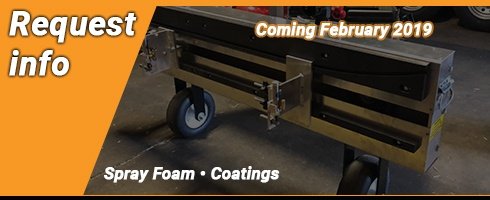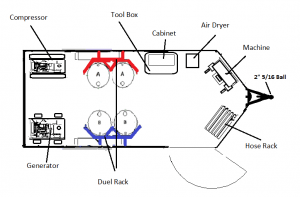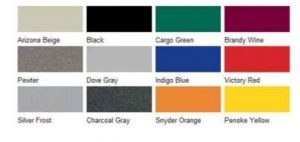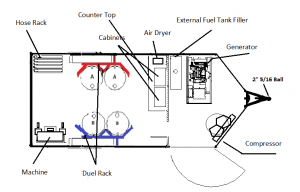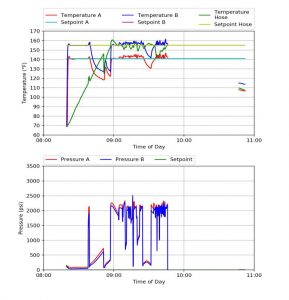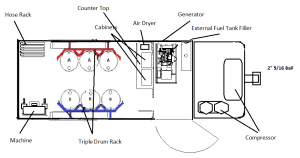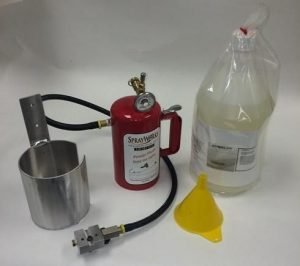
Category Archives: Tips from the Experts
Cleaning your Rig to Save Money
How often do you give your rig a good thorough cleaning? You should do a thorough cleaning and inspection a few times a year. Taking the time to clean your rig from top to bottom will help you see any regular wear and tear from use and be able to address those areas before they become a costly problem. Be sure to address any rust areas or leaky zones to help keep your rig spraying for a long time to come.
Continue readingDon’t run out of material in your transfer pump
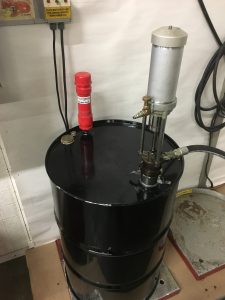
Keep Your Material Warm
Having warm material is very important for spray foaming, however, it is easy to think a few degrees won’t make a difference. It is important for the health of your equipment and the quality of your work to wait for those few extra degrees to get you the best quality!
Remember to always warm up material to the manufacturers recommended temperature to get the best spray!
Properly Trained Team
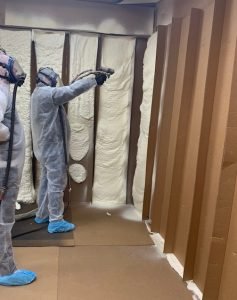
Training doesn’t always have to take a ton of time out of your schedule. Taking one day to train a group of employees on proper equipment handling, maintenance or basic trouble shooting can prevent hours of lost time. Afterall, spending a few hours to train your crew on taking care of equipment can prevent having hours or even days of downtime due to a preventable mistake.
Daily Hose Maintenance
Daily hose maintenance is important to prevent your hoses form getting unnecessary damage and ensuring your hose and equipment last longer.
Continue readingChanging Over Material
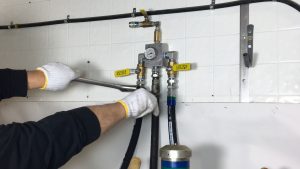
Ventilation at the Job Site
It may seem redundant but, when spray foaming, keep your job site ventilated and do it every single time you spray. Keeping the work area ventilated will prevent unnecessary exposure to fumes and particles that can cause damage to workers. Best practice is to be aware of the airflow and have a source of entry and a way for air to flow out of the work space. Also remember to keep the area ventilated until the re-entry time specified by the foam manufacturer.
For more information on proper ventilation procedures review the EPA Spray Foam Ventilation Guidelines
How to test an FTS Wire
Perform Equipment Shutdown Procedures.
- Disconnect FTS cable at proportioner.
- Test with ohmmeter between pins of cable connector.
- If cable fails test, Repair Fluid Temperature Sensor (FTS)
- Disconnect FTS Cable
Changing Hydraulic Oil in your Spray Foam Machine
What you need to know before changing hydraulic oil is when operating in ambient temperature recommendations of 0 to 90°F (-17 to 32°C) frequency is about 1000 hours or 12 months, whichever comes first and/or in 90°F and above (32°C and above) 500 hours or 6 months, whichever comes first.
Recommended Oils:
Citgo A/W ISO Grade 46 Amsoil AWI ISO Grade 46 (synthetic*) BP Oil International Energol® HLP-HM, ISO Grade 46 Carl Bechem GmbH Staroil HVI 46 Castrol Hyspin AWS 46 Chevron Rykon® AW, ISO 46 Exxon Humble Hydraulic H, ISO Grade 46 Mobil Mobil DTE 25, ISO Grade 46 Shell Shell Tellus, ISO Grade 46 Texaco Texaco AW Hydraulic, ISO Grade 46 *
NOTE: After changing hydraulic oil and upon starting motor, hydraulic pumps may make a screeching noise until primed. If this noise continues for more than 30 seconds, switch off motor control and contact your machine manufacturer.


